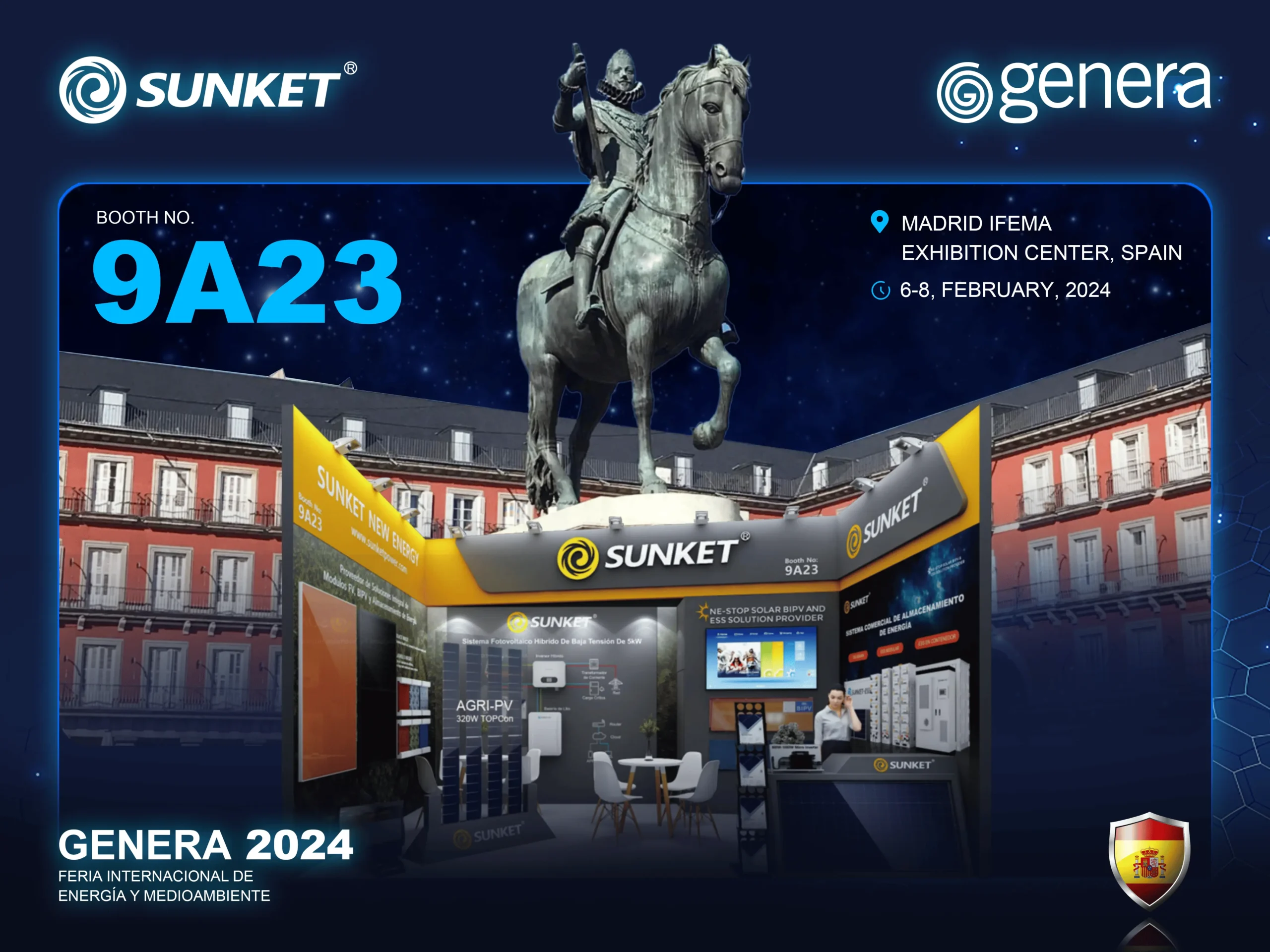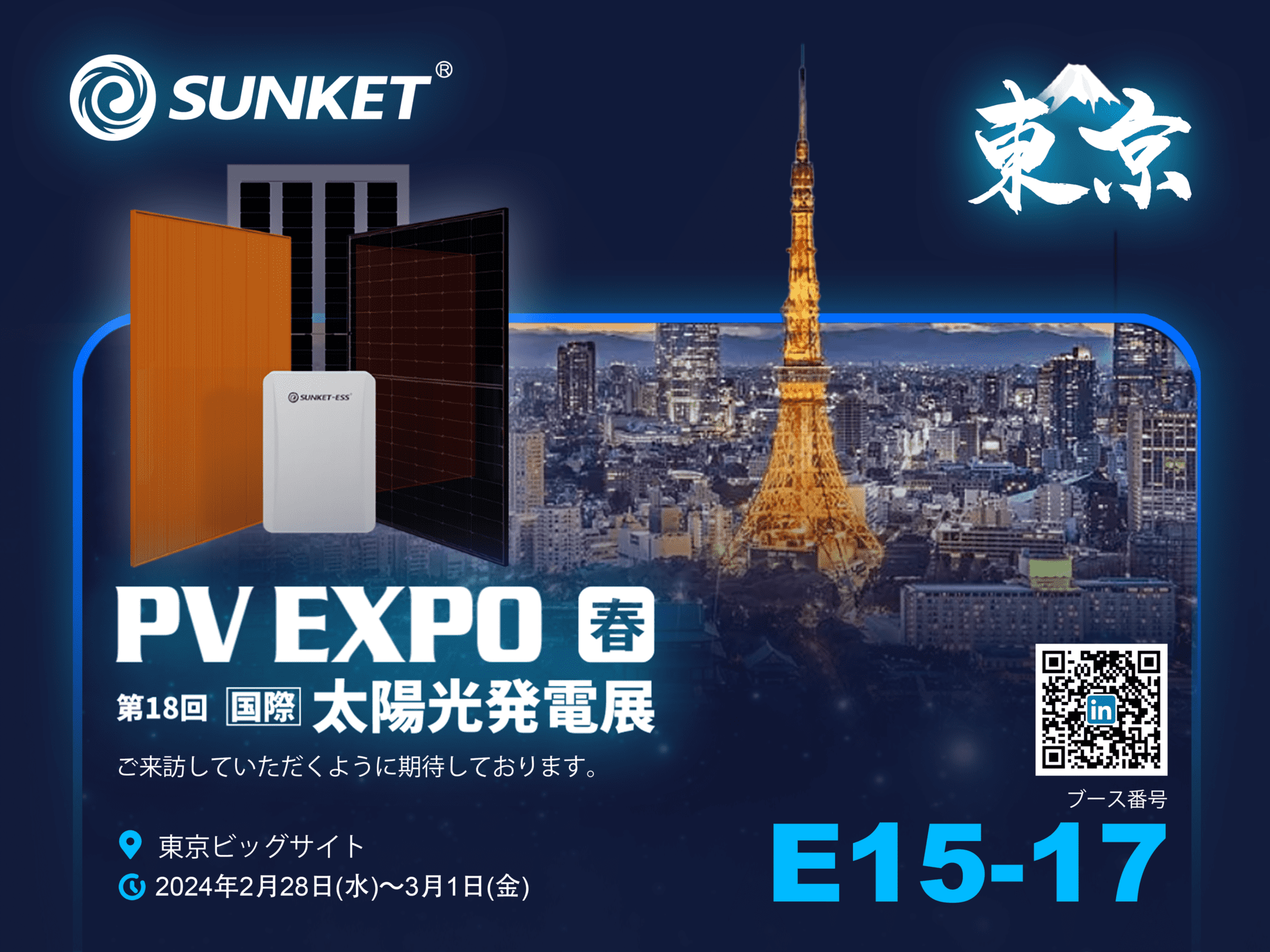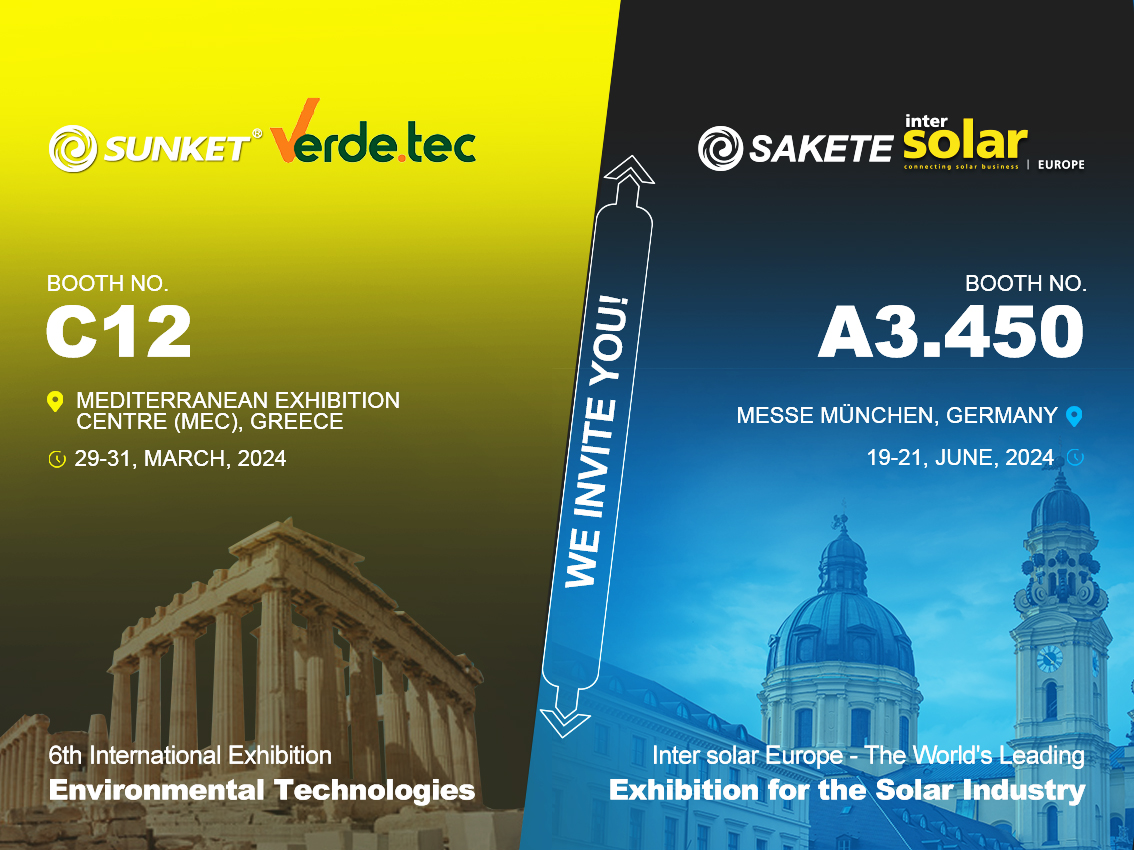TOPCon Solar Cell Concept
The concept of the TOPCon cell was proposed by the Fraunhofer Institute for Solar Energy Systems (Fraunhofer-ISE) in Germany in 2013. The following figure shows the structural schematic diagram of the N-type passivation contact solar cell.

The front side of TOPCon is not fundamentally different from conventional N-type solar cells or N-PERT solar cells. The core technology of the battery is the backside passivation contact. Crystal-amorphous mixed Si thin film composition. The passivation performance is activated by the annealing process, during which the crystallinity of the Si thin film changes from a mixed phase of microcrystalline and amorphous to polycrystalline. Annealed at an annealing temperature of 850°C, iVoc > 710 mV, J0 at 9-13 fA/cm2, showing excellent passivation performance of the passivated contact structure, and the as-prepared cell efficiency exceeds 23%. The current world record for N-type front junction passivated contact solar cells (25.8%) is held by the Fraunhofer-ISE Institute.
The working principle of the carrier-selective TOPCon structure for excellent passivation
The combination of high carrier selectivity and significantly reduced interfacial recombination is the key to the excellent passivation of TOPCon. Four parallel mechanisms contribute to carrier selectivity.
- The heavily doped n+ polysilicon produces an accumulation layer at the absorber/tunnel oxide interface due to the work function difference between the n+ polysilicon and the n-type crystalline silicon absorber. This band-bending induces an electron-rich accumulation layer at the SiO2/Si interface, which provides a barrier for minority carrier holes to enter the tunnel oxide while facilitating the migration of majority carriers towards the oxide/Si interface to increase the supply of electronics.
- The tunnel oxide provides a second level of carrier selectivity because its tunneling barrier for holes (4.5 eV) is larger than that for electrons (3.1 eV).
- A large number of available states in the conduction band of the polysilicon layer combined with a large number of electrons at the absorber/oxide interface make it easy for electrons in n-Si to tunnel into n+ polysilicon through the ultrathin oxide. However, due to the band bending, there are fewer holes near the valence band edge of the absorber, which may also fail to tunnel through if the valence band edge of Si falls within the taboo gap of n+ polysilicon. Since minority carriers cannot tunnel through, their recombination in n+-doped polycrystalline or metallic contacts is reduced or eliminated.
- In addition to the carrier selectivity, the recombination of minority carriers is also reduced at the interface defects due to the field effect, which increases the electron concentration (accumulation layer) and reduces the hole concentration at the Si-oxide interface. This asymmetric electron and hole concentration reduces defect-induced Shockley-Red Hall (SRH) recombination. Read-Hall (SRH) recombination further reduces the J0 value associated with this TOPCon structure. The same mechanism applies to hole-selectively passivated contacts in p+ polysilicon, however, slightly higher recombination in p-TOPCon relative to n-TOPCon has been reported.
Fundamental difference between n-TOPCon and p-TOPCon
- The oxidation barrier height of holes is higher than that of electrons.
- The boron-doped silicon film has a higher defect density.
- The penetration of boron through the tunnel oxide leads to more defects.


Modeling the effect of metallization J0e and J0b’ and front and rear contact resistivity on TOPCon cell efficiency
Both low metallization J0 and contact resistivity are important for high efficiency because J0 affects VOC and contact resistivity affects FF. To understand the effect of metallization front emitter (J0e, total) and rear n-TOPCon (J0b’, total) on n-TOPCon cells, the efficiency sensitivity curves are plotted in Figure 34 and Figure 35, respectively. Models show that for our proposed cell design, an increase of 5 fA/cm2 in either J0e or J0b’ would result in a ~0.1% abs drop in cell efficiency.


In the Quokka 2 device simulation, the effect of front and rear contact resistivity on cell efficiency was also investigated by changing only the contact resistivity. Figure 36 shows cell efficiency as a function of front and rear contact resistivity. The model shows that the cell efficiency drops by 0.1% abs for every 2 mΩ-cm2 increase in contact resistivity on the front side. On the rear side, however, it resulted in only a 0.02% abs drop in efficiency. This is because there is no trade-off due to shading on the rear side, which increases the metal coverage of the rear side by a factor of 5 to reduce sensitivity to contact resistance.

Development of stencil design models and calculators for optimizing front and rear catenary designs for bifacial TOPCon solar cells
The grid pattern consists of a large number of grid lines (100-130) and a small number (5-10) of bus bars. The gate lines collect the carriers generated in the base, which are separated and transported laterally by the doped regions between the gate lines. The carrier collected by the grid is then fed into the bus, which transmits the carrier to an external circuit for power generation (Figure 37). Therefore, the grid design must consider volume resistance, sheet resistance between grid lines, contact resistance, grid resistance, and busbar resistance to calculate the total series resistance. Since higher resistance reduces FF, and more mesh lines increase shading and metal-induced recombination or J0, mesh design optimization should not only minimize series resistance but also consider shading and metal-induced recombination losses to reduce total shading and metal-induced recombination losses Losses are minimized. Figure 38 shows that more grid lines generally reduce series resistance but increase shading or JSC and J0, so designing an optimal grid pattern is critical for optimizing cell efficiency.


Some commercial and non-commercial mesh design models, such as PV Lighthouse [88], only consider series resistance and optical occlusion, but not metal-induced recombination, which becomes very important. Equipment simulators like Sentaurus and Quokka 2 are options for optimizing grid design. However, these simulators are very limited and complex for grid optimization, because the cell size is defined by the least common multiple (LCM) of the spacing between the front and rear grids, and the cell size needs to be small in order to perform well in Sentaurus and Quokka There is a reasonably low computation time. Therefore, an optimal grid design calculator was developed for front-to-back contact bifacial solar cells in this task, in which metal-induced recombination was considered.














